To mark the 500th anniversary of the Duchy of Prussia and the Lithuanian-Prussian border region, a conference was held in Vilkaviškis on September 18, 2025.
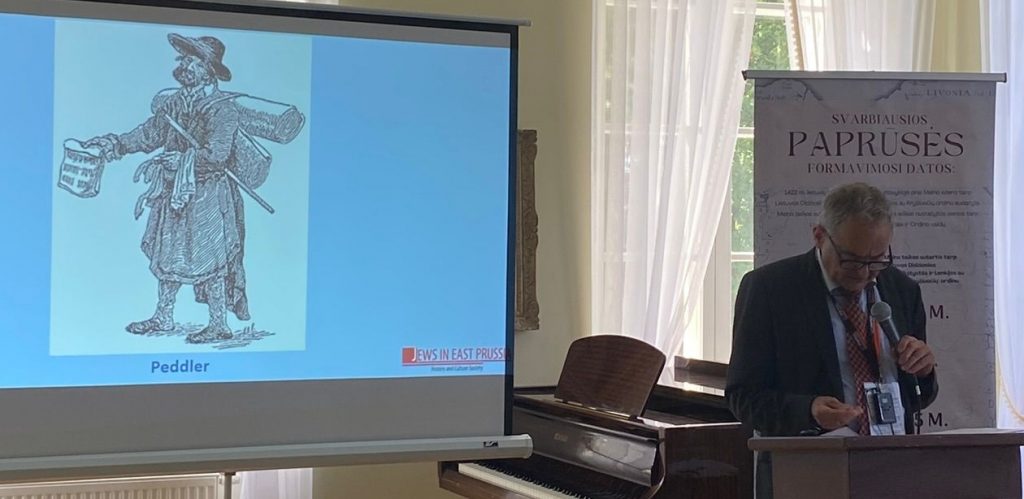
The following is a summary of the lecture by Michael Leiserowitz from the “Jews in East Prussia” association
The role of the Jews on the East Prussian border in snapshots
The development of Jewish settlement on both sides of the border differed greatly—in the 15th century, the Teutonic Order rejected the immigration of Jews, while Jews had already been invited by the Grand Duke of Lithuania at the end of the 14th century. However, this fact was of no particular significance at the time for a thinly populated border region.
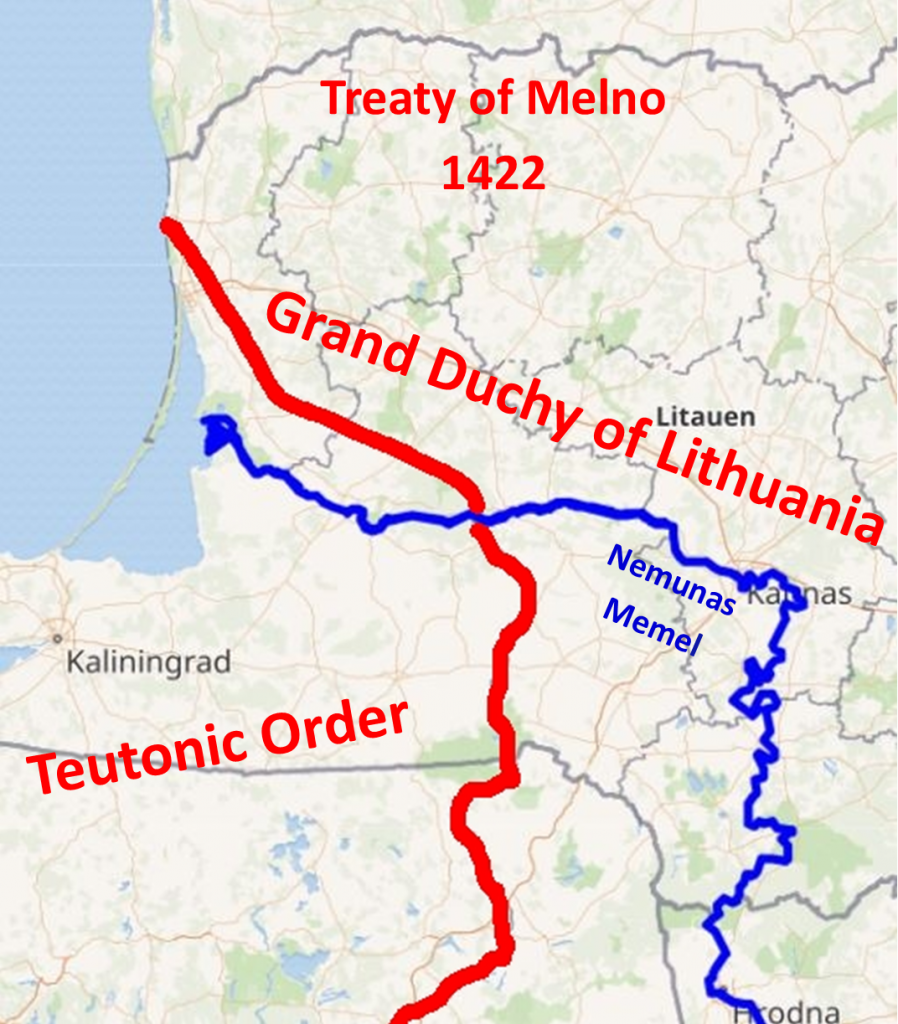
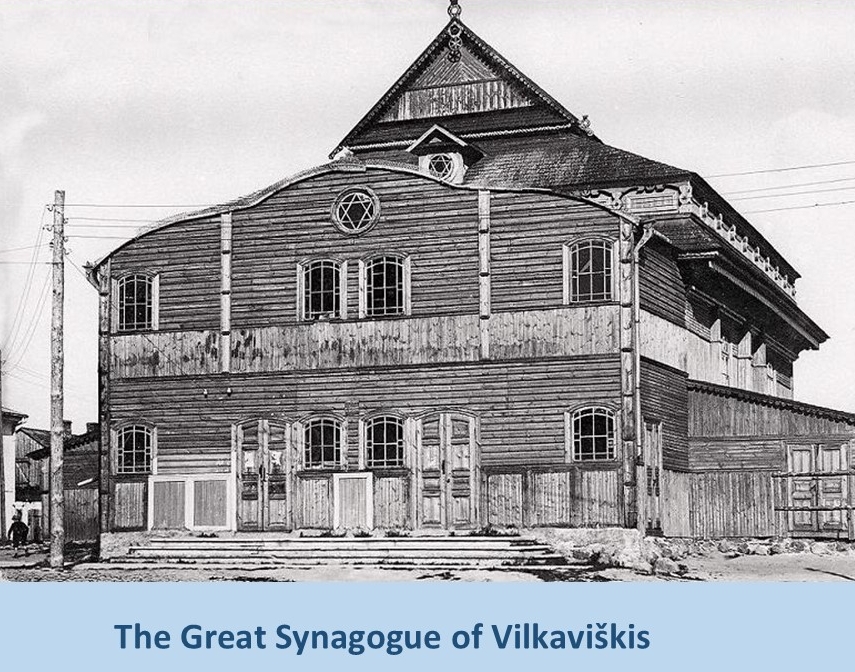
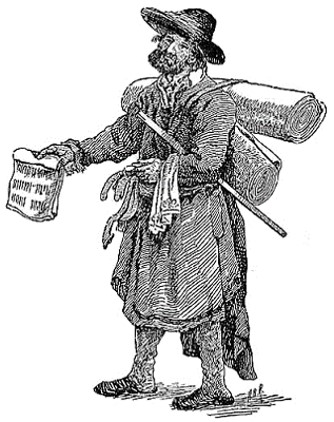
In the 16th century, the Order’s state was transformed into the Duchy of Prussia, but relations with Jews remained restrictive. The founding of a university and trade made Königsberg attractive to individual Jews. On the Lithuanian side of the border, towns were established with government support, and Jews also settled there. In Königsberg, Jews were allowed to establish a cemetery around 1700. The number of Jews increased on both sides of the border, but the inequality in their distribution remained. Crossing the border at that time was still more of a privilege for wealthy businesspeople.
At the beginning of the 19th century, wars and uprisings changed the political situation several times. On the side now occupied by Russia, there were a number of shtetls with a high Jewish population. After the Jewish Edict of 1812, Jews from West Prussia in particular settled in East Prussia. Crossing the border remained largely possible during all political changes, and now even less well-off Jews began to cross the border. Jews engaged in trade near the border became an everyday sight. The inhabitants of the border towns in particular went on travels. It can be assumed that they in particular spread the necessary knowledge of the country and language of East Prussia.
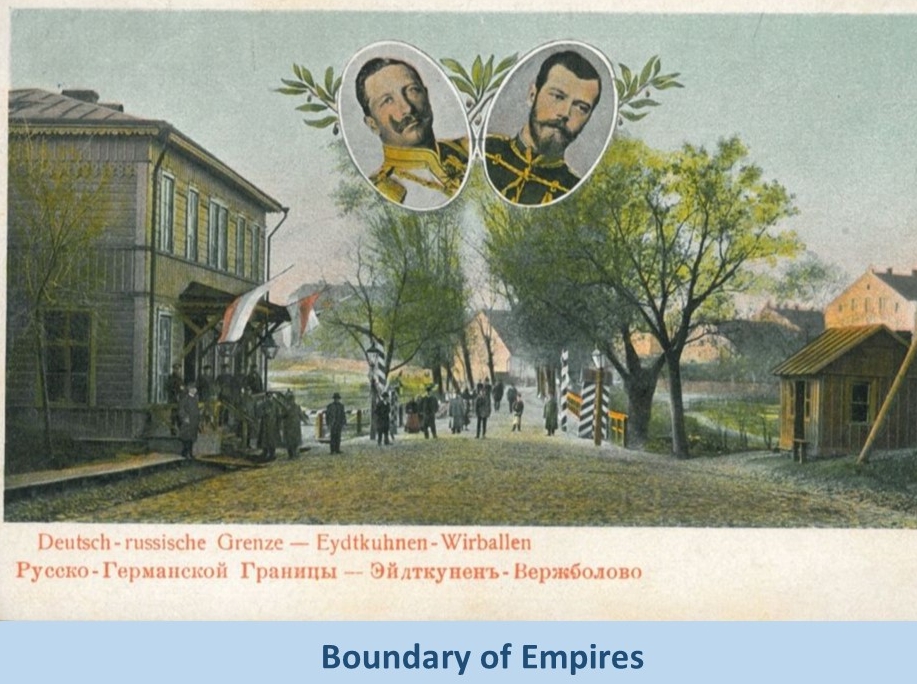
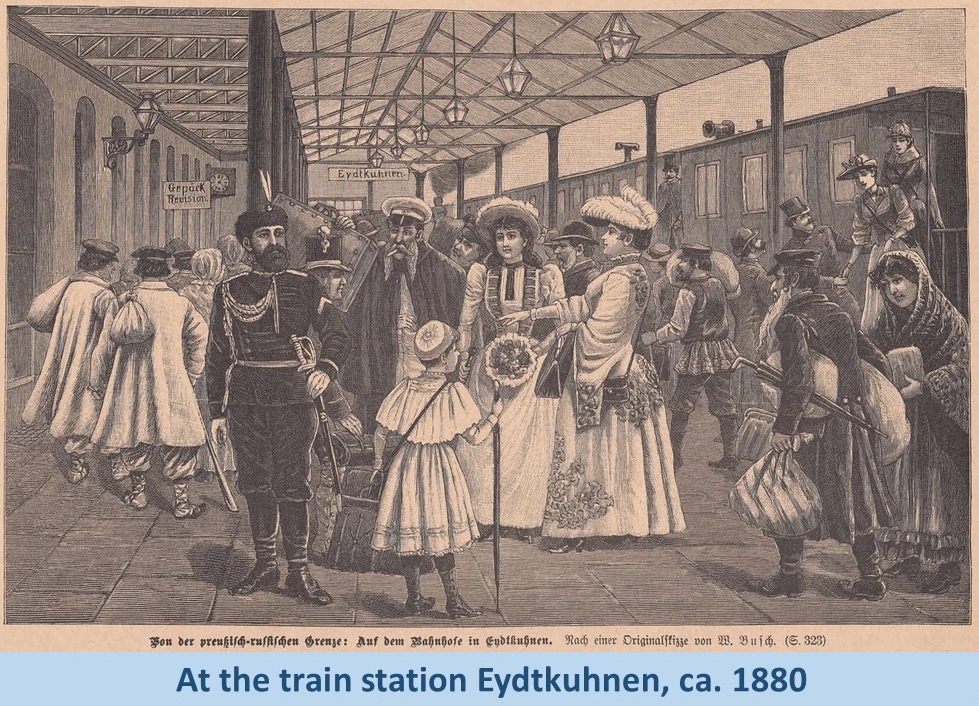
At the turn of the century, two empires were immediate neighbors—the German Empire and the Russian Tsarist Empire. Technical innovations such as the introduction of the railroad brought about fundamental changes in the border region. As a result, activity and all travelers were concentrated at the border stations. The regular travel connections required the rapid and simultaneous processing of large groups of tourists, business travelers, and international emigrants from the East to the port cities in the West. A supporting infrastructure developed in the border region for all travel purposes, in which multilingualism was natural. For most of this period, there were also simplified entry requirements for travelers within the 30 km border zone, which made commuting for work and education possible and generally increased the prosperity of all population groups. The Jewish population in particular benefited greatly from this.
Until the beginning of World War I, the border region could be understood as an interface between two empires, in which Jews played a major role through their activities and enterprises.
Reasons for the conference at Sep 18 2025
In the Vilkaviškis district in southwestern Lithuania, people are aware of the historical significance of their closeness to the region of East Prussia. This neighborhood was important for economic development, but also for cultural influence. The Reformation, the Enlightenment, the emergence of modern movements such as the Lithuanian national awakening, the emergence of the labor movement, and diverse educational opportunities are just a few examples. The course of the border has remained largely stable for 500 years thanks to a peace agreement – only the statehood on both sides has changed from time to time. The organizers of the conference described themselves as “guardians of the memory of the long neighborhood with (East) Prussia.”
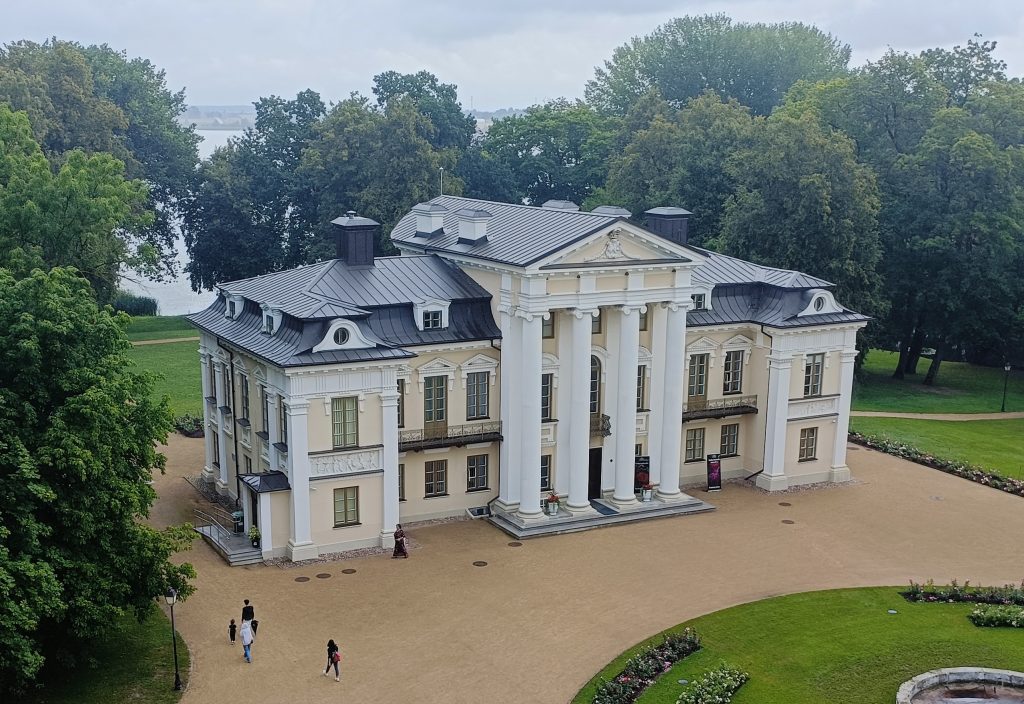
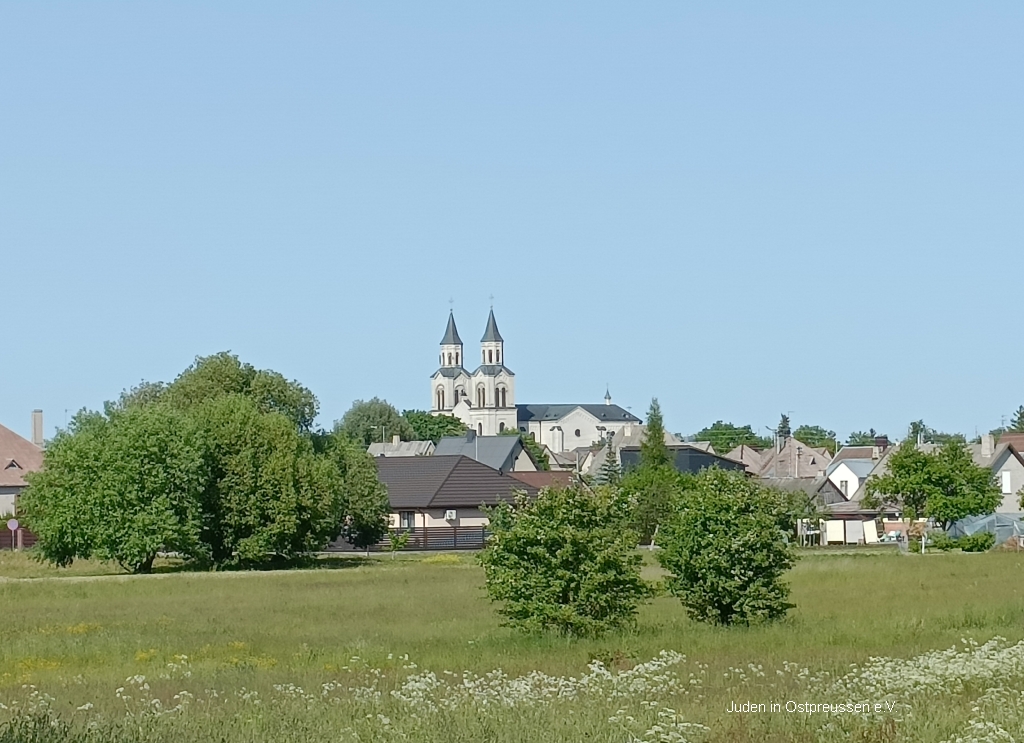
The conference papers will be published in book form at a later date.

The conference was organized by the Vilkaviškis Tourism and Business Information Center and the Academy of Public Safety at Mykolas Romeris University.
